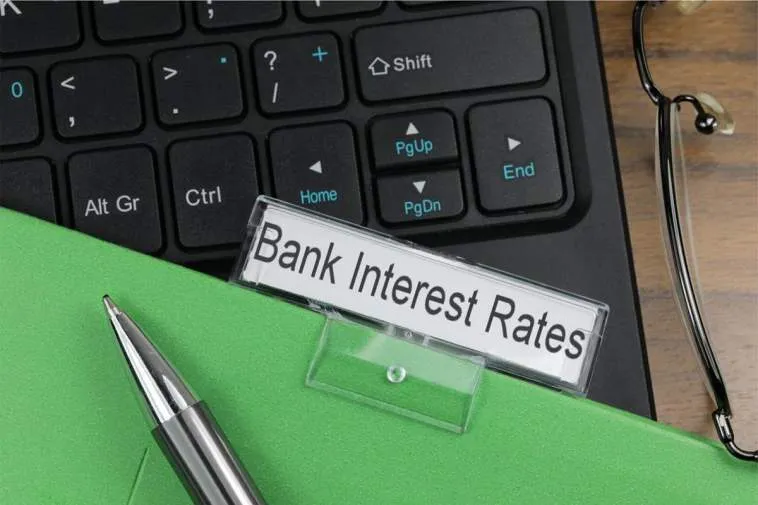From Mises.org….
Since the 1980s, slower economic growth in the industrial countries has been accompanied by declining interest rates. They have even turned negative in more recent years.
At the same time, investment, productivity, and real GDP growth all have slowed. Recession caused by lockdowns of the economy to fight the corona pandemic in 2020/21 has accelerated the demise of interest. Even as the world economy recovers, central bankers around the world have signaled that interest rates will be kept low for a long time to come. What is going on here? Various economists have provided different theoretical and empirical explanations for the global decline of interest rates.
The Keynesian perspective in the tradition of Alvin Hansen and Larry Summers has attributed secularly declining nominal and real interest rates—and thus declines of the “natural rate”—to a global savings glut driven by aging societies, a declining demand for fixed capital investment, and a declining marginal efficiency of fixed capital.1 From this perspective, monetary policy has simply adjusted to these changes and lowered nominal and real interest rates.
The corona crisis has only reinforced what has been going on for a long time before. Owing to the lockdowns, household and company incomes fell off a cliff, so the neutral rate has dropped even more, probably deeply into negative territory.2 In sum, central banks simply take account of exogenous forces, such as secular stagnation and the corona crisis, by aligning policy and market interest rates with a natural rate of zero or less.






